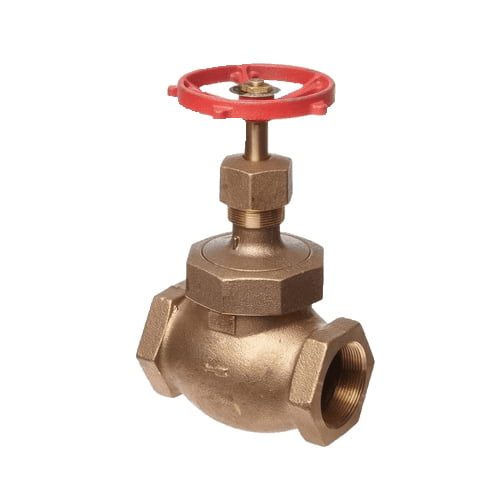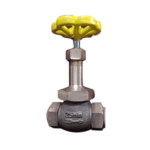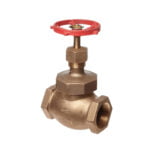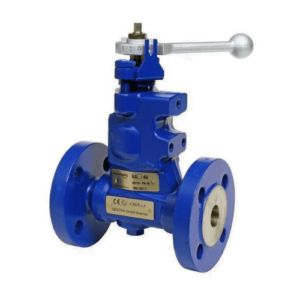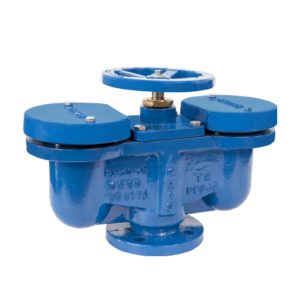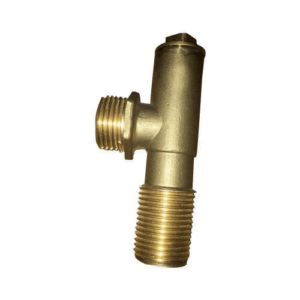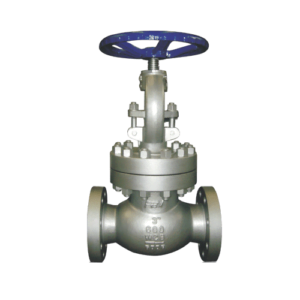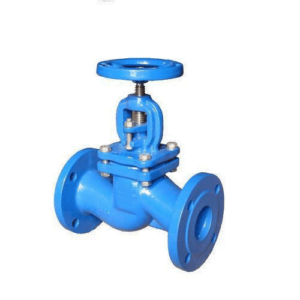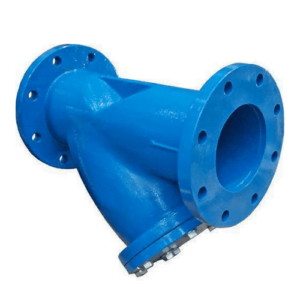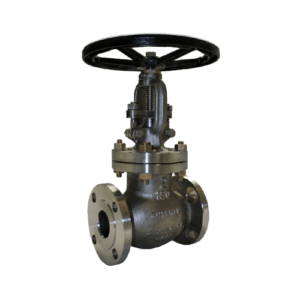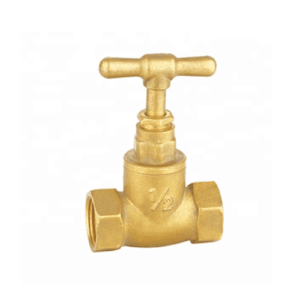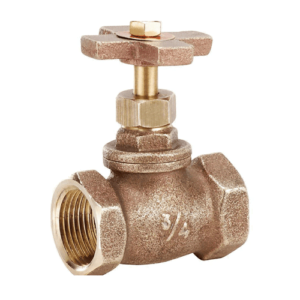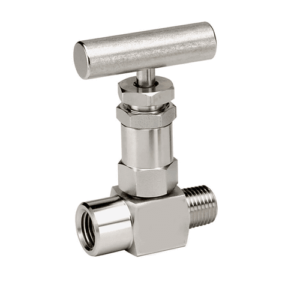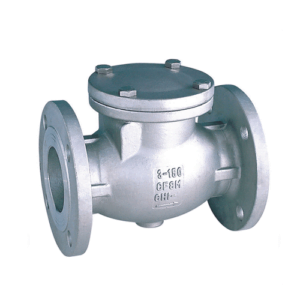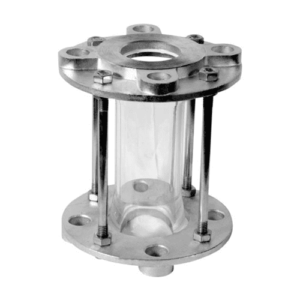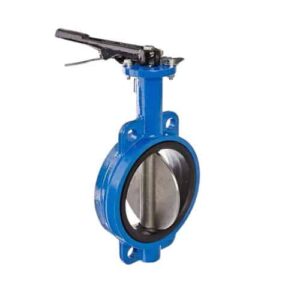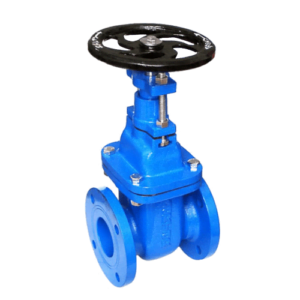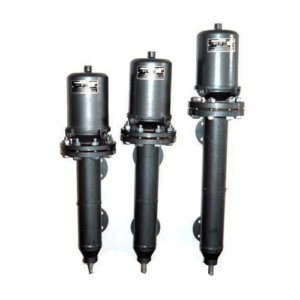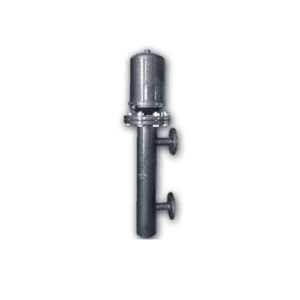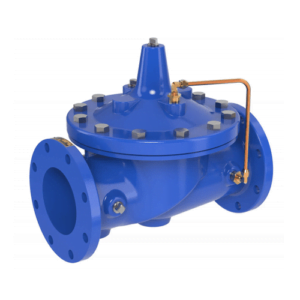| Operator: | Hand wheel operated |
| Body (MOC): | Bronze (Gun Metal) |
| End Connection: | Screwed End / Flanged End |
Bonnet Wheel Valve
Bonnet Wheel Valve: The cover for the opening sin the body is the bonnet, and it is the second most important boundary of a pressure valve. Like valve bodies, bonnets are in many designs and models available. A bonnet acts as a cover on the valve body, is cast or forged of the same material as the body. It is commonly connected to the body by a threaded, bolted, or welded joint. During manufacture of the valve, the internal components, such as stem, disk etc., are put into the body and then the bonnet is attached to hold all parts together inside.
Related Products
Air Release Valve: Essential Guide for Optimal System Performance
An air release valve is a crucial component in pipeline systems, particularly in water and wastewater pipelines, designed to automatically release trapped air and gas pockets to optimize system efficiency and prevent damage. This type of valve is essential for maintaining the flow and pressure stability within the system. Air release valves help prevent issues such as air lock, hydraulic inefficiency, and pipe bursts caused by high pressure due to trapped air. They are commonly installed at high points along a pipeline where air naturally accumulates. Their operation improves the energy efficiency of the system and reduces the risk of premature wear and tear on pipeline components.
Diaphragm Valve: Accurate and Leak-Proof Flow Control
A diaphragm valve is designed to control the flow of a substance through an enclosed space by the flexing of a diaphragm. It is commonly used in applications requiring precise flow regulation and sealing capabilities, particularly where the purity and cleanliness of the flow medium are essential. The valve’s design prevents any fluid from being trapped in the valve itself, making it ideal for use in the pharmaceutical, food and beverage, and biotech industries. This type of valve is also appreciated for its ability to handle corrosive fluids and slurries with relative ease.
Ferrule Cock
Ferrule Cock: Ferrule Cocks incorporate a packed gland spindle and have a union outlet for connection to all ferrule bends or adaptors. RMC TPFNR Ferrules are for under pressure tapping. They incorporate a non-return gunmetal jumper valve and a high-density polyethylene tapered closing plug.
Globe Valve
Valve: Valves are for starting or stopping flow, regulating or throttling flow, preventing back flow or relieving and regulating pressure in fluid or gaseous handling applications. Common valve types include: Ball, Butterfly, Check, Diaphragm, Gate, Globe, Knife Gate, Parallel Slide, Pinch, Piston, Plug, Sluice, etc.,
Globe valve: A globe valve is a linear motion valve used to stop, start, and regulate the fluid flow. The globe valve disk can be removed entirely from the flow path, or it can completely close the flow path. During opening and closing of globe valve, disc moves perpendicularly to the seat.
Strainer Valve: Ensure Clean and Efficient Flow
Valve: Valves are for starting or stopping flow, regulating or throttling flow, preventing back flow or relieving and regulating pressure in fluid or gaseous handling applications. Common valve types include: Ball, Butterfly, Check, Diaphragm, Gate, Globe, Knife Gate, Parallel Slide, Pinch, Piston, Plug, Sluice, etc.
Strainer: Y-Strainers are devices for mechanically removing unwanted solids from liquid, gas or steam lines by means of a perforated or wire mesh straining element. They are used in pipelines to protect pumps, meters, control valves, steam traps, regulators and other process equipment.
Gate Valve: Precise Control for Flow Regulation
Valve: Valves are for starting or stopping flow, regulating or throttling flow, preventing back flow or relieving and regulating pressure in fluid or gaseous handling applications. Common valve types include: Ball, Butterfly, Check, Diaphragm, Gate, Globe, Knife Gate, Parallel Slide, Pinch, Piston, Plug, Sluice, etc.
Gate Valve: A gate valve, also known as a sluice valve, is a valve that opens by lifting a barrier out of the path of the fluid. Gate valves require very little space along the pipe axis and hardly restrict the flow of fluid when the gate is fully opened. The gate faces can be parallel but are most commonly wedge-shaped.
Fusible Plug: Essential Safety Component for Your System
Fusible Plug: A fusible plug operates as a safety valve when dangerous temperatures, rather than dangerous pressures, are reached in a closed vessel. In steam engines the fusible plug is screwed into the crown sheet (the top plate) of the firebox, typically extending about an inch (25mm) into the water space above it.
Stop Valve: Reliable Control for Your System
Stop Valve: Stop valve is any sort of valve type that completely stops the flow of liquid flow through a pipe. Stop valves is mainly used in plumbing or industrial applications to shut off the flow of (hot or cold) water to a plumbing fixture, such as an icemaker, toilet, faucet, dishwasher etc.
Needle Valve
Needle Valve: A needle valve is a type of valve with a small port and a threaded, needle-shaped plunger. It allows precise regulation of flow, although it is generally only capable of relatively low flow rates.
Non Return Valve
A non-return valve, also known as a check valve, is designed to allow fluid to flow through it in only one direction. This type of valve is crucial for preventing the backflow of fluid, which could potentially cause damage or disrupt operation in systems like pumping stations, hydraulic systems, and water supply networks. Non-return valves automatically open under forward flow and close when the flow ceases or reverses, operating entirely by the pressure of the fluid being handled without the need for manual intervention. Their simple design and effective functionality make them indispensable in maintaining the integrity and efficiency of fluid control systems.
Breather Valve
A breather valve, also known as a pressure-vacuum relief valve, is designed to manage the pressure inside storage tanks that hold volatile liquids or bulk materials. These valves open at a preset pressure or vacuum level to equalize pressure, preventing the tank from over-pressurizing or undergoing vacuum conditions that could lead to structural damage. They are critical for safety in industries like oil and gas, chemicals, and pharmaceuticals, where proper pressure balance is essential for operational safety and environmental protection.
Relief Valve: Trusted Solution for Pressure Management
Relief Valve: A relief valve or pressure relief valve is a type of safety valve used to control or limit the pressure in a system; pressure might otherwise build up and create a process upset, instrument or equipment failure, or fire.
Gas Valve
A gas valve is a critical component in managing the flow and pressure of gas in heating systems, appliances, and industrial processes. This type of valve is specifically designed to ensure safe and efficient operation when handling combustible gases such as natural gas or propane. Gas valves are equipped with safety mechanisms that shut off the gas flow automatically if the pilot light goes out or if a leak is detected, preventing potential hazards. They are commonly found in residential furnaces, gas-powered water heaters, and commercial gas stoves, playing a pivotal role in both safety and functionality.
Sight Glass Valve
Sight Glass Valve: A sight glass is a transparent tube through which the operator of a tank or boiler can observe the level of liquid contained within. Simple sight glasses may be just a plastic or glass tube connected to the bottom of the tank at one end and the top of the tank at the other.
Butterfly Valve: Efficient Flow Control Solution
Butterfly valves are very similar to ball valves they also work on the phenomenon of quarter-turn rotational movement which means by moving 90 degrees it could be either turned on to fully operated or turned off to restrict the flow of fluid. This is used to transfer, regulate or stop the movement of a fluid. They are used widely in the industries such as food processing, water supply industries, water pumping, etc. they are used wherein there is a need for a broad range of flow isolation Is required. “They belong from the quarter-turn family” and they usually have large pipe diameter.
Sluice Valve: Reliable Flow Control for Your System
Valve: Valves are for starting or stopping flow, regulating or throttling flow, preventing back flow or relieving and regulating pressure in fluid or gaseous handling applications. Common valve types include: Ball, Butterfly, Check, Diaphragm, Gate, Globe, Knife Gate, Parallel Slide, Pinch, Piston, Plug, Sluice, etc.
Sluice Valve: A gate valve, also known as a sluice valve, is a valve that opens by lifting a barrier out of the path of the fluid. Gate valves require very little space along the pipe axis and hardly restrict the flow of fluid when the gate is fully opened. The gate faces can be parallel but are most commonly wedge-shaped.
Mobrey Valve
Mobrey Valve: Mobrey is the name used for the Automatic water level controller, it comes under the category of mountings and fittings of Steam Boiler Assembly. As the name suggests, it is used for maintaining the water level in the Boiler shell. It is mostly used in smoke tube steam boilers not in water tube boilers, as the shell diameter of the former is greater than that of latter irrespective of their running capacities and working pressures.
Check Valve: Reliable Backflow Prevention Solution
Valve: Valves are for starting or stopping flow, regulating or throttling flow, preventing back flow or relieving and regulating pressure in fluid or gaseous handling applications. Common valve types include: Ball, Butterfly, Check, Diaphragm, Gate, Globe, Knife Gate, Parallel Slide, Pinch, Piston, Plug, Sluice, etc.
Check Valve: A check valve, clack valve, non-return valve, reflux valve, retention valve or one-way valve is a valve that normally allows fluid to flow through it in only one direction. Check valves are two-port valves, meaning they have two openings in the body, one for fluid to enter and the other for fluid to leave.


